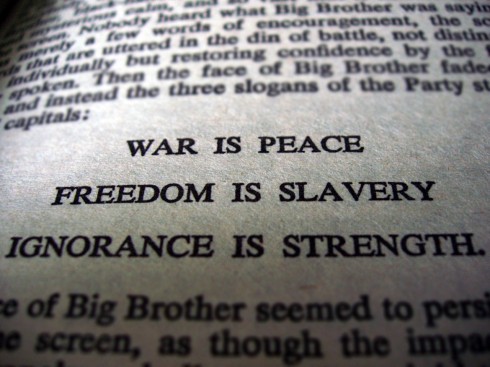This is the brochure for the new C2K: C2k My School Network 30 March 2012 I have a few reservations. And that’s just based on a quick glance through the brochure. MY-SCHOOL is ground breaking and unique, as it can be accessed from a range of devices, with any operating system using any supported browser. … Continue reading “MY-SCHOOL from #c2k”
This is the brochure for the new C2K: C2k My School Network 30 March 2012

I have a few reservations. And that’s just based on a quick glance through the brochure.
MY-SCHOOL is ground breaking and unique, as it can be accessed from a range of devices, with any operating system using any supported browser.
It’s unclear what is a “supported browser”. Does this mean Internet Explorer 9? Firefox? Safari? Opera? Skyfire? What about Internet Explorer 6? Safari Mobile? iCab? Dolphin? Camino?
LearningNI will be replaced by Fronter, an e-learning platform which is being used by schools globally.
…
The new service will provide a fully searchable content repository called Equella
They’re offering a centralised VLE and searchable content system. Which will be accessed by any computers running supported browsers and…running SECURUS. What’s SECURUS?
An application called Securus will be introduced which logs key strokes on managed and users own devices (with Windows and OSX operating systems) connected to the managed network. On detection of inappropriate words or phrases, an alert is sent to nominated individuals to allow immediate intervention and action.
I would be extremely sceptical and critical of any keystroke-logging software that a third party IT company would install on a computer that my sons or daughter brought to school. This is designed to limit access to inappropriate material, it won’t work on an iPad and it’s going to be installed on my computers, running my software; computers that may be shared with other members of the family to check banks, Facebook accounts? Absolutely preposterous.
And if I don’t install it? I’m not allowed to access the internet? That seems to be the implication.
Under the new solution, schools will benefit from substantial increases in bandwidth by moving away from the traditional contended broadband provision. This new service has been designed to give all schools a direct connection to the network giving better performance across the whole service.
You mean the contended broadband networks which schools installed to get around the frankly daft restrictions imposed by C2K? Or the contended broadband networks installed by C2K the first time round?
SIMS Discover is a powerful tool that enables the teacher to analyse and present SIMS data in a variety of ways, including Venn diagrams, bar charts, pie charts and line graphs.
Oh! Pictures! That’s all right then!
In short, this short brochure document leaves me a little cold. There are elements I welcome, such as faster broadband (though claiming to offer an un-contended broadband service seems to me to be a marketing lie) and better access to learning resources outside the school network but I am left chilled by some of the developments which are intended to increase security.
Schools are for education and an important point about educating students is to arm them with the knowledge of what is appropriate and what is not. If a child wants to look up inappropriate content then they will find a way – whether that’s by turning off the School WiFi and relying on their own home-bought 3G chip or by connecting their device to any third party wireless network. You can’t stop this using technology, you have to solve it using relationships, education and communication.
I was told this new contract was great but I see it very much like the original C2K vision. It says some of the right things but the detail is missing, there is an onerous undercurrent of IT administration gone mad and, if past behaviour is to be judged, the delivery of this will be loathed by student and teacher alike.

Use of the application SECURUS on computers that are not owned by the school is not only a ridiculous concept but also extremely dangerous. Do you trust the IT delivery company who won the tender? Enough to install a key logger? I’m certain I do not. The question is whether or not SECURUS is a condition of access. If it is, this is a preposterous concept. If not, why are they bothering?








